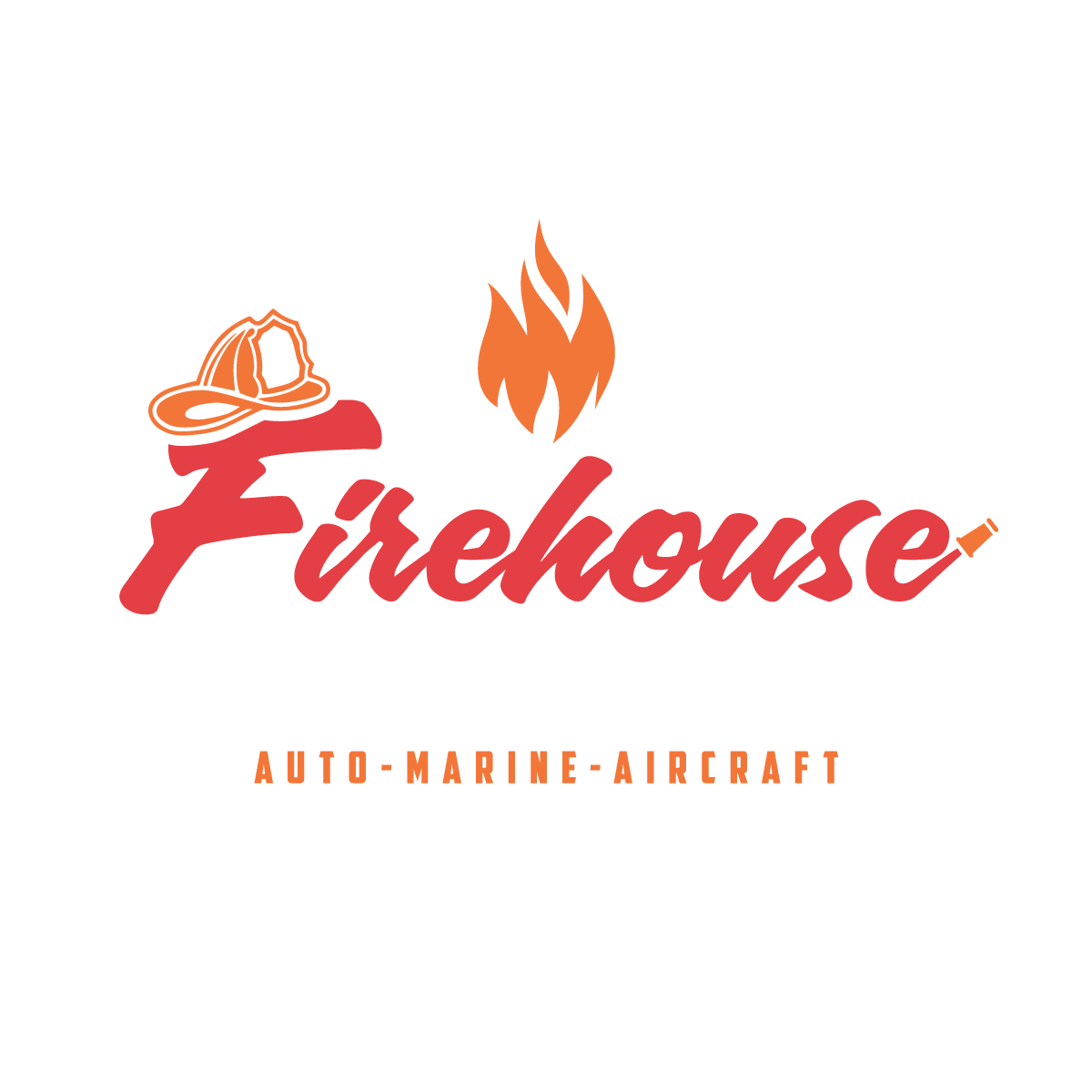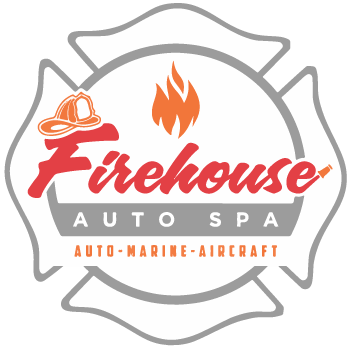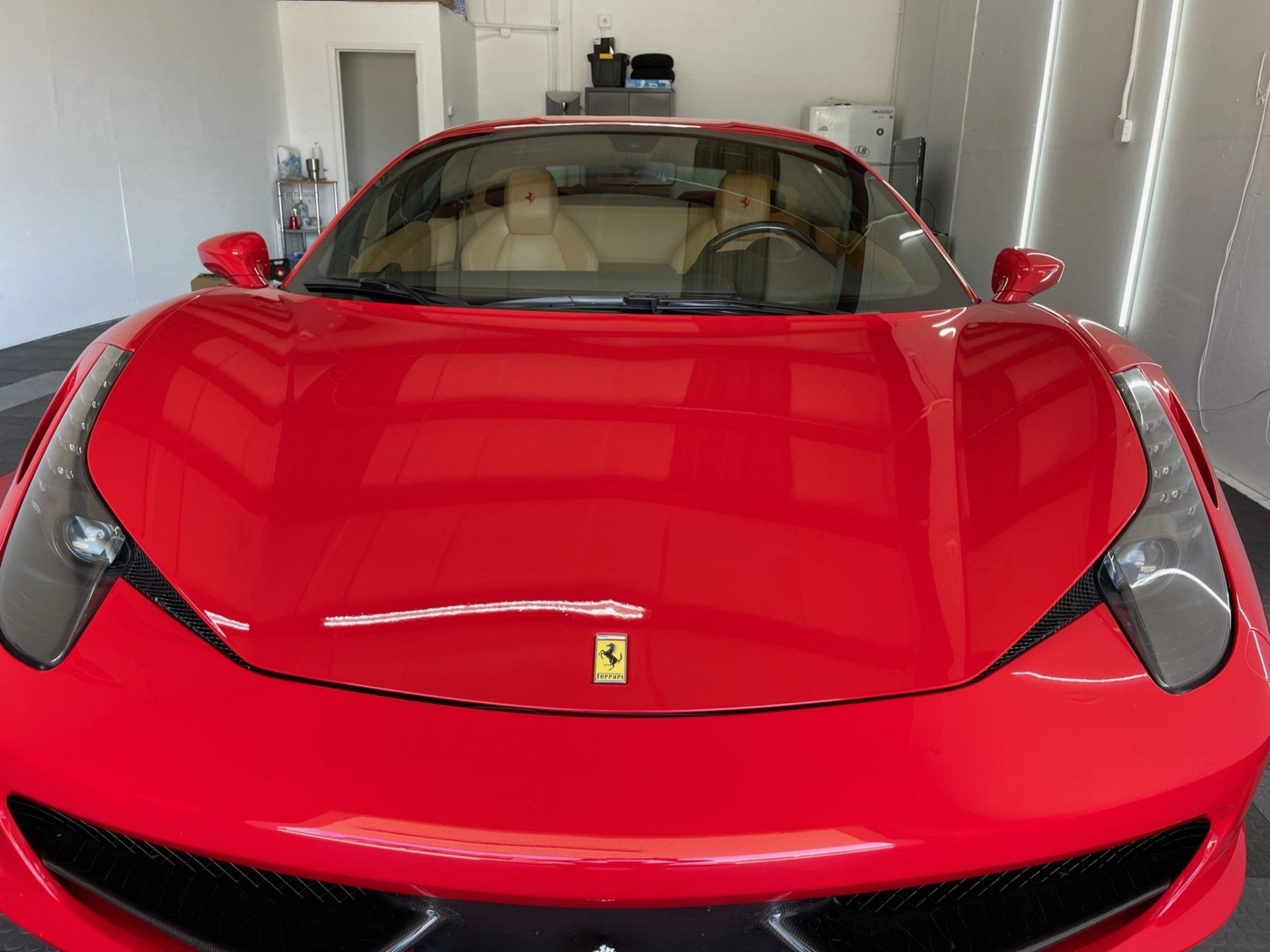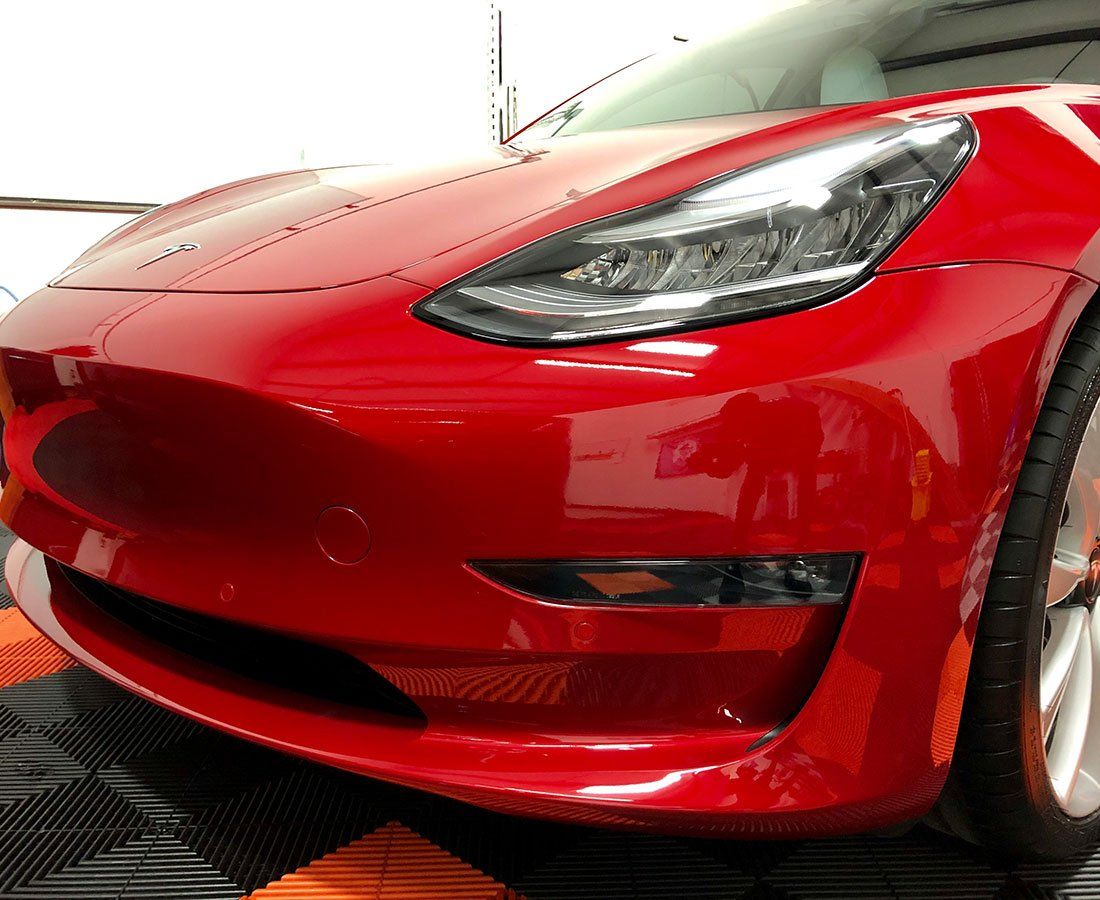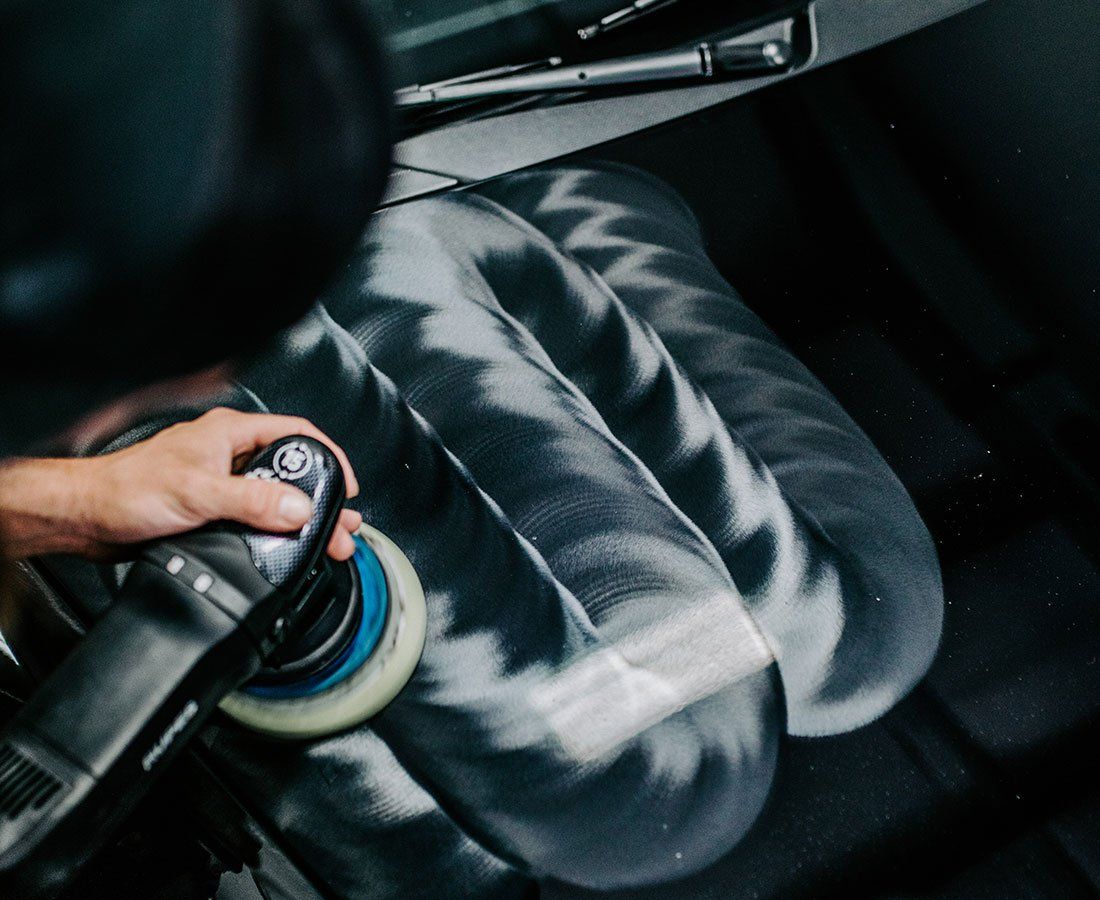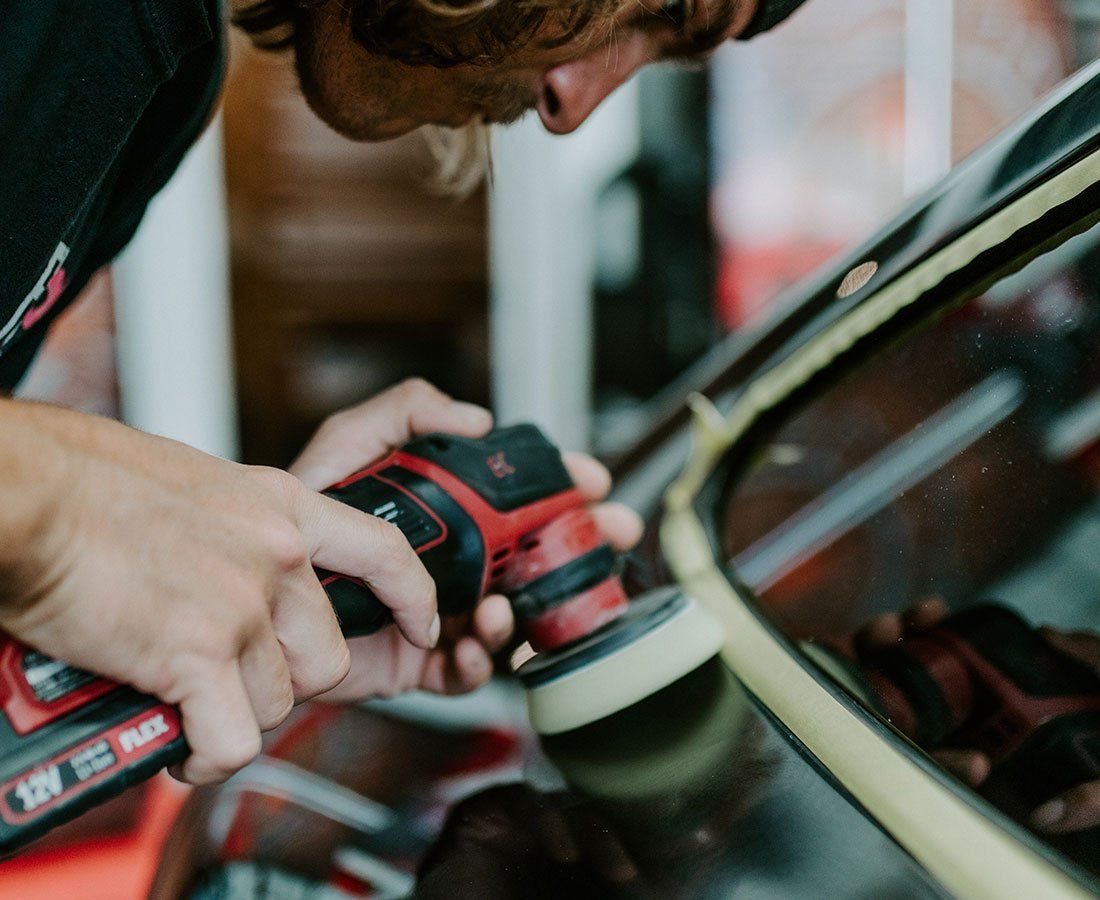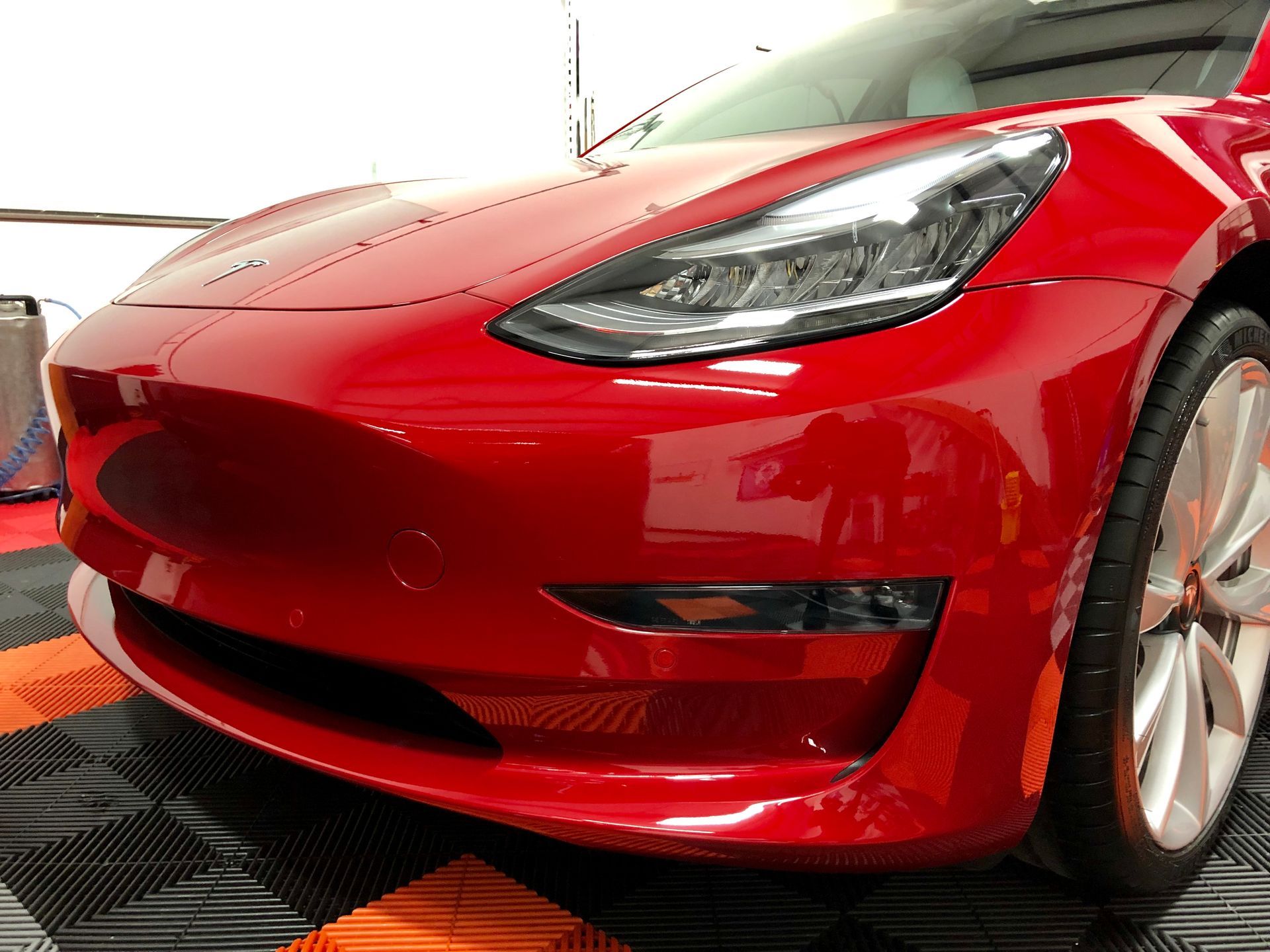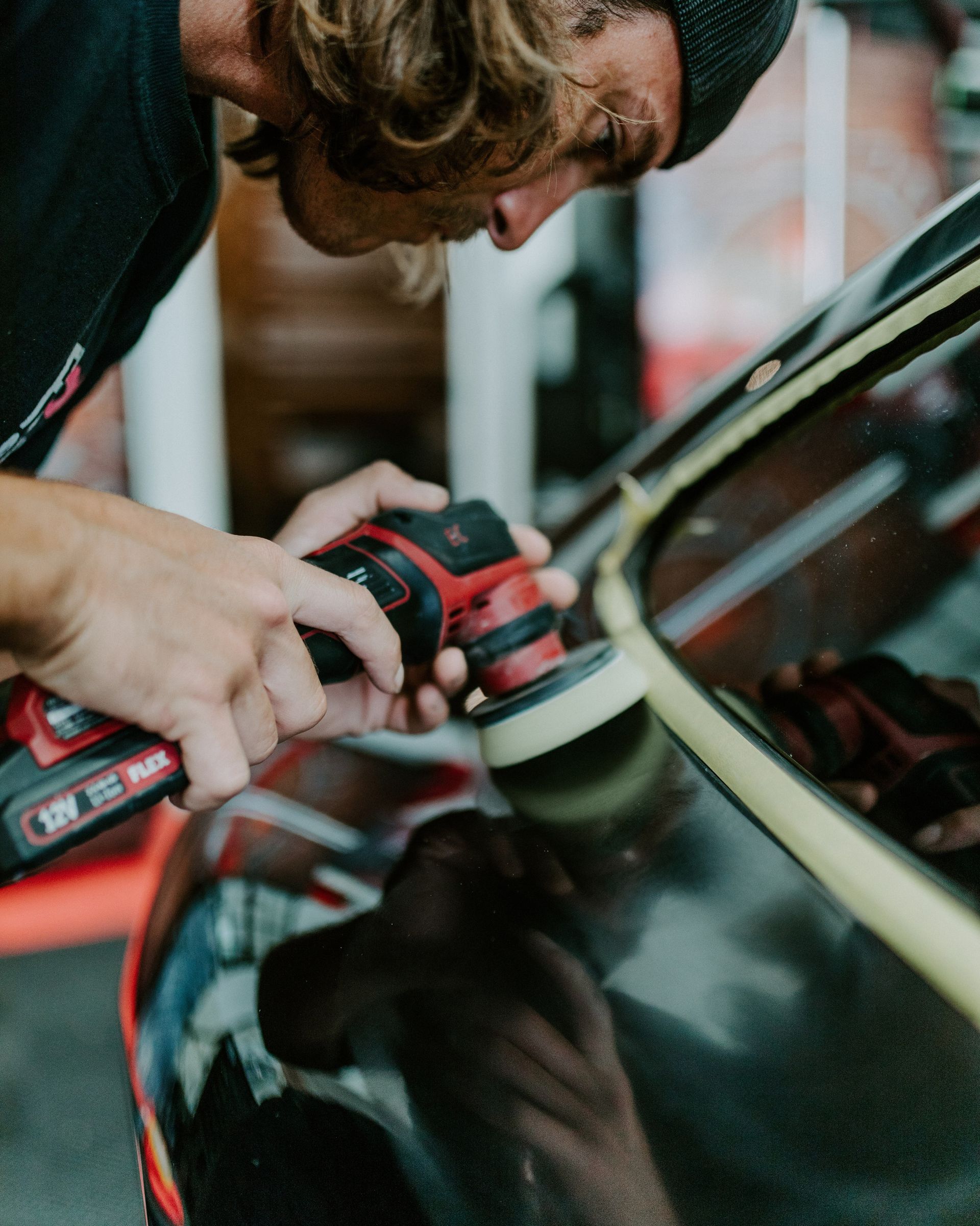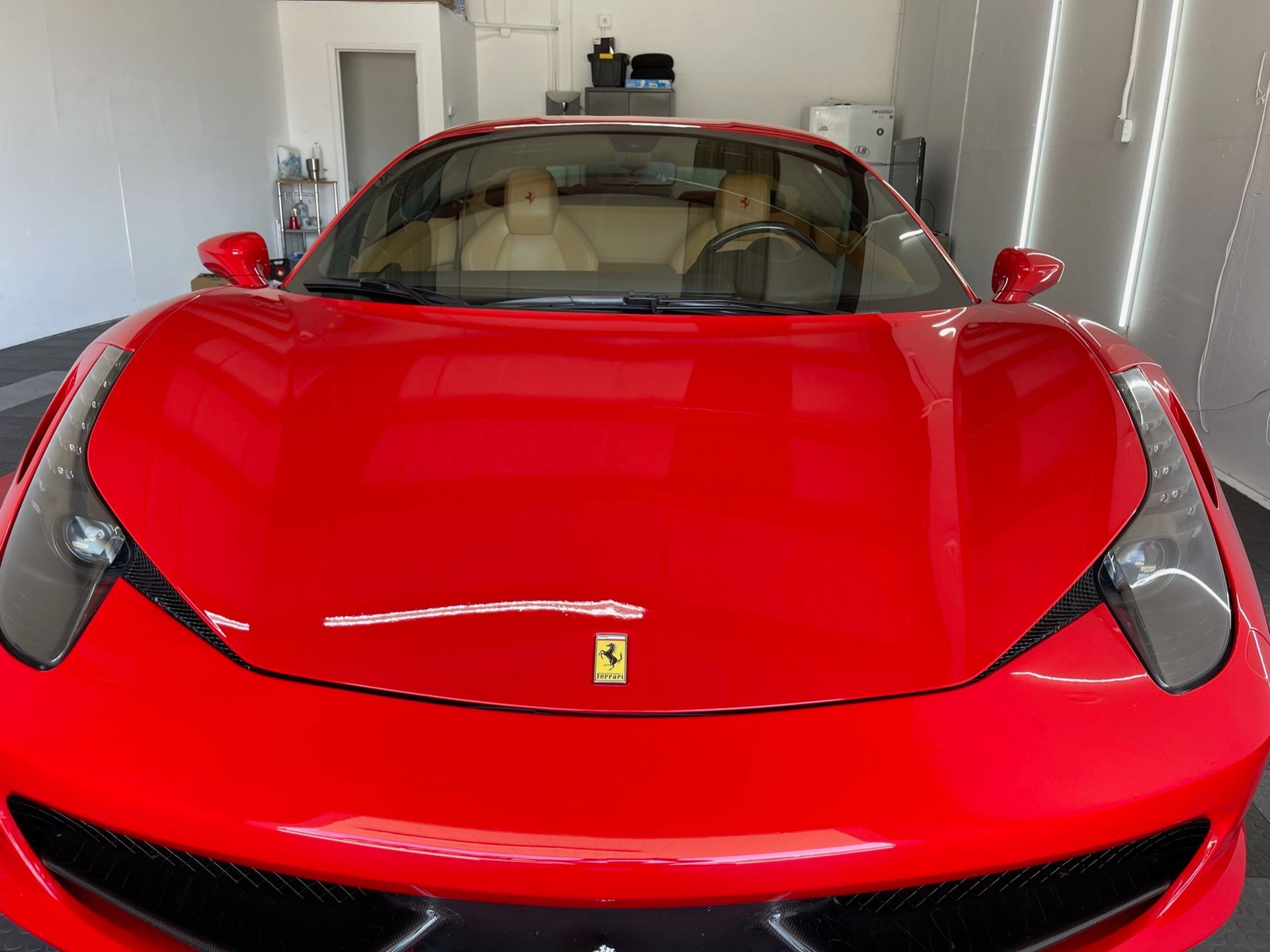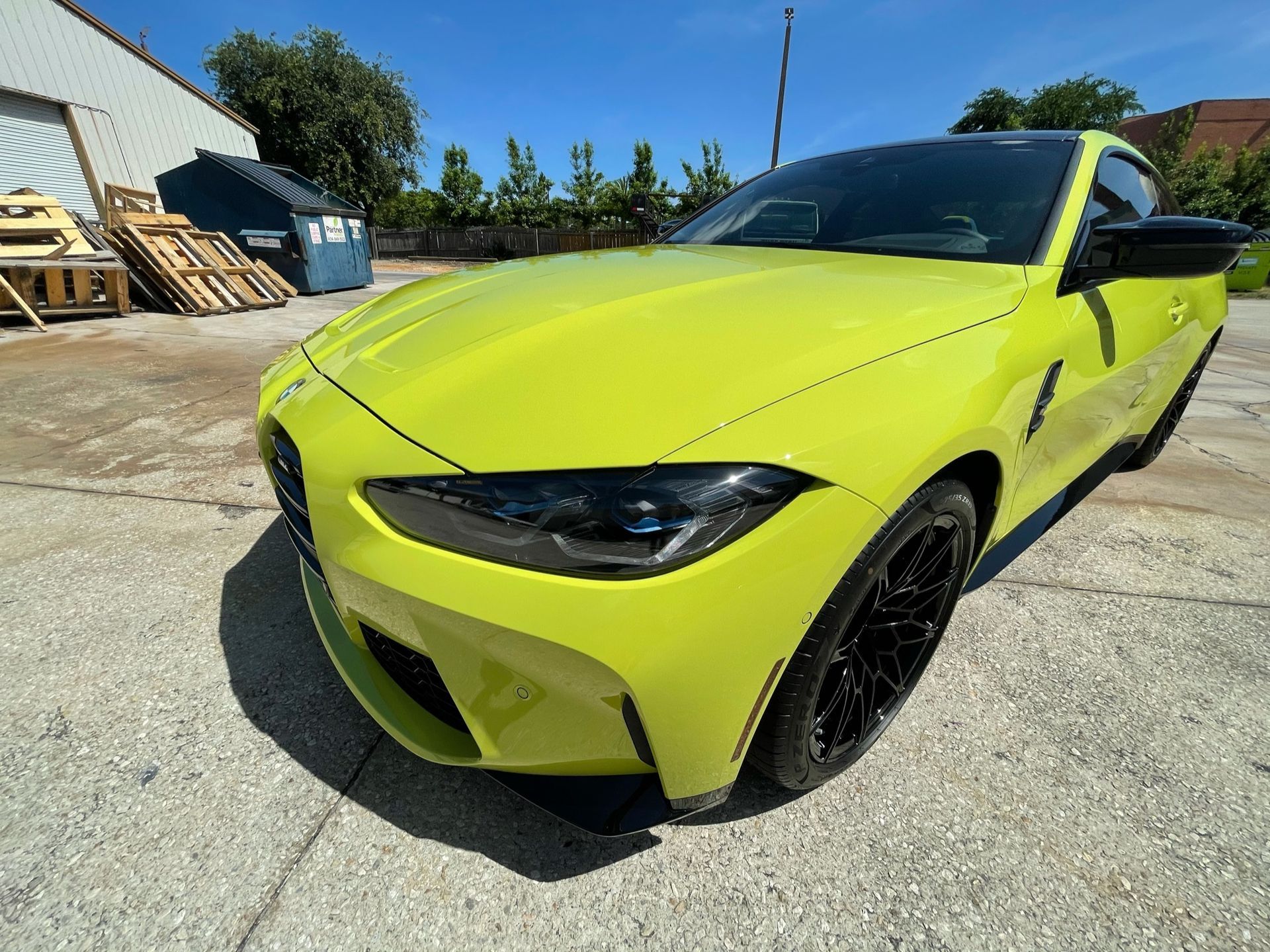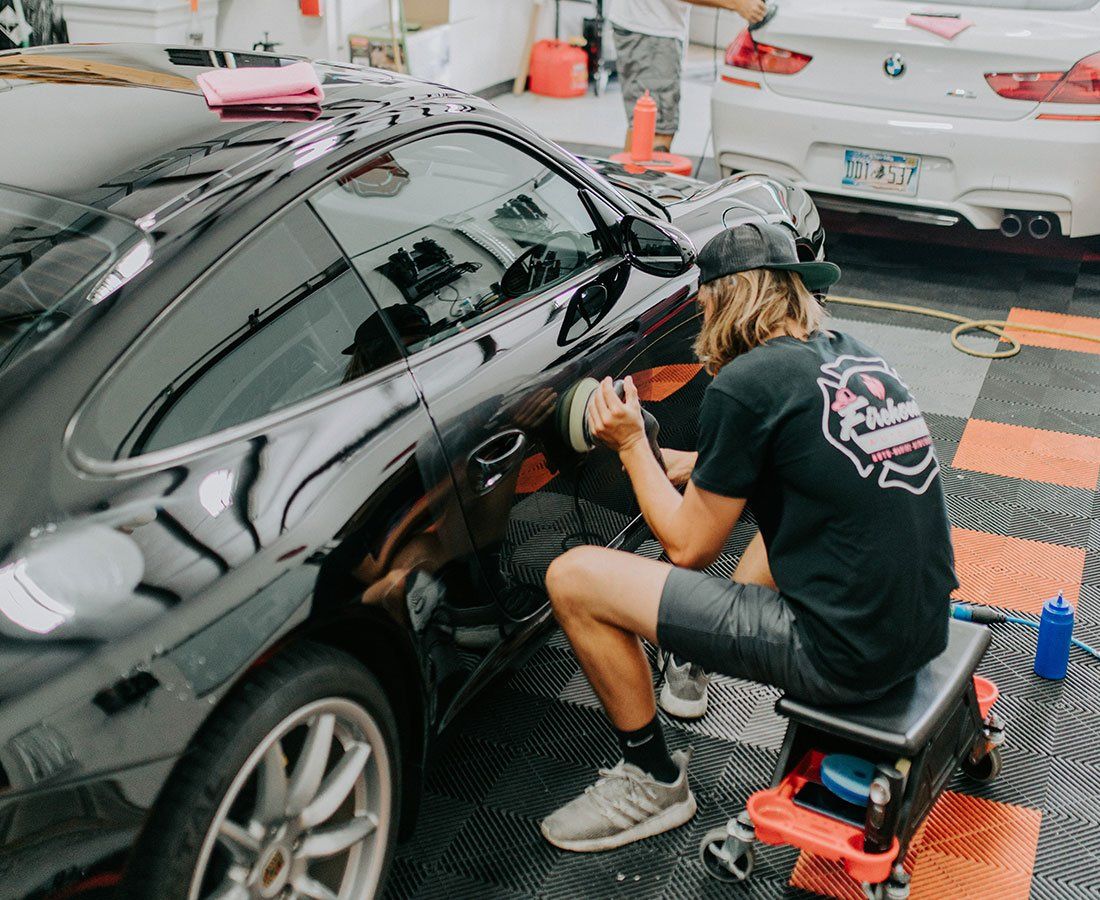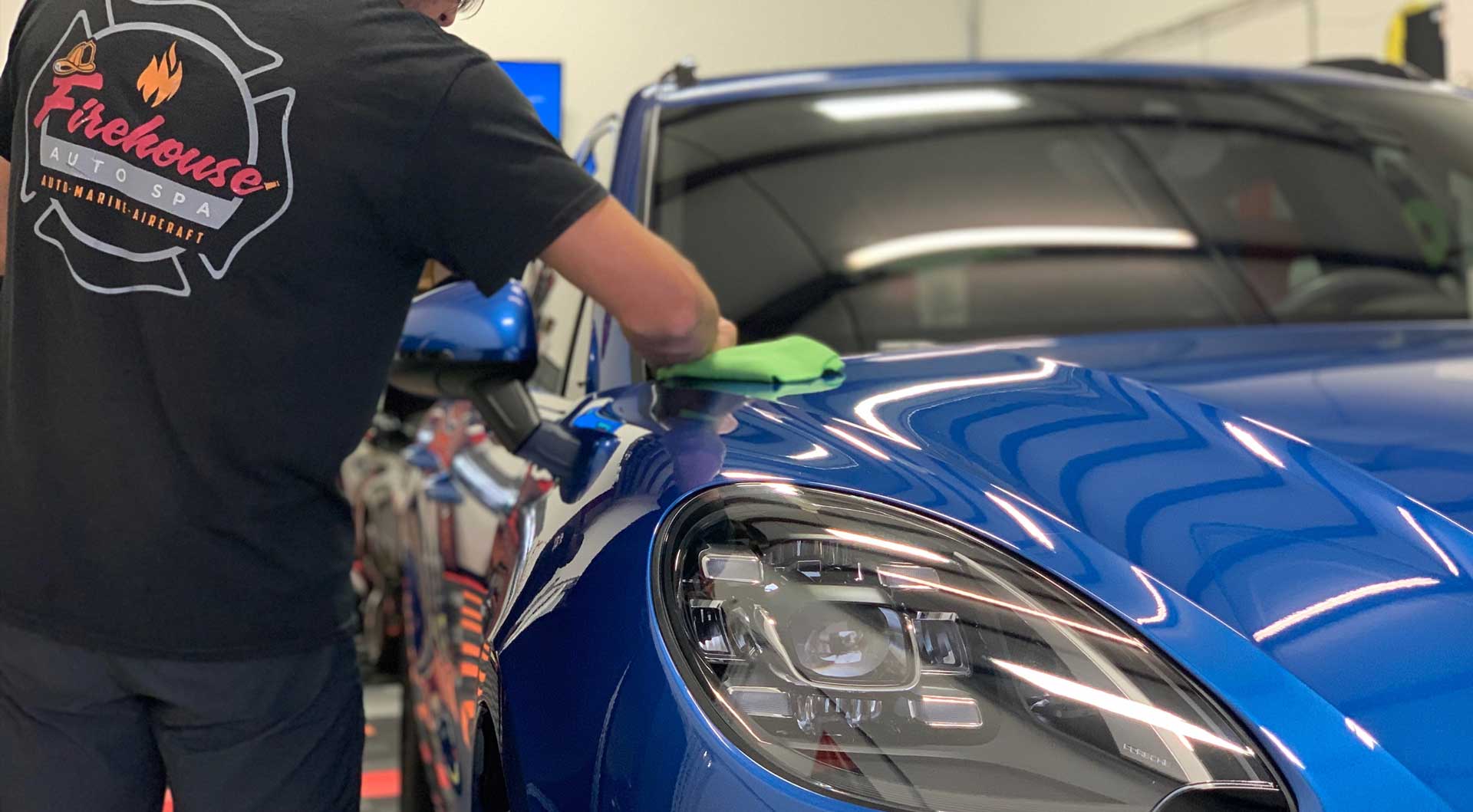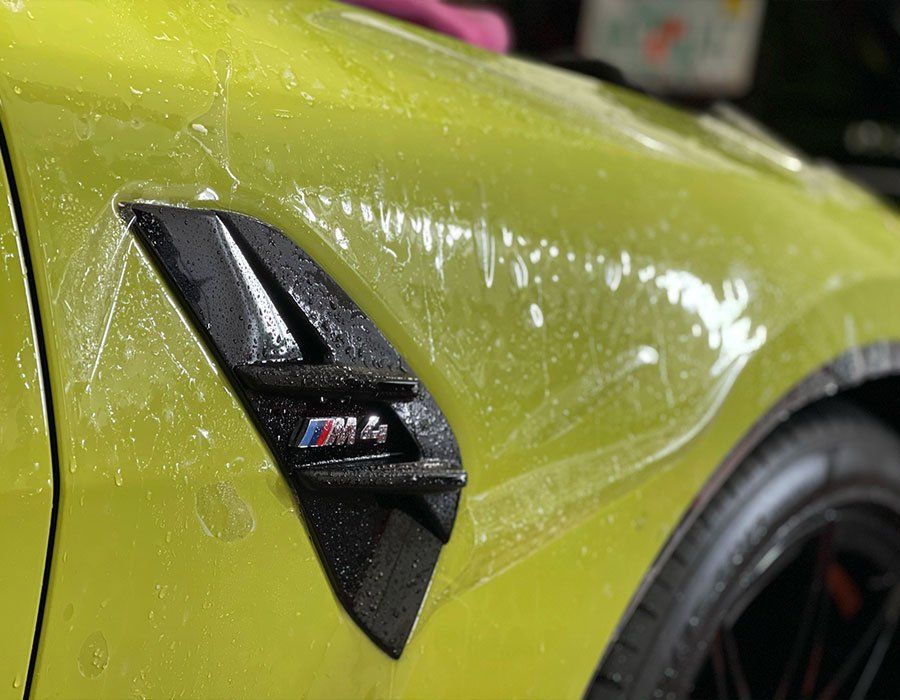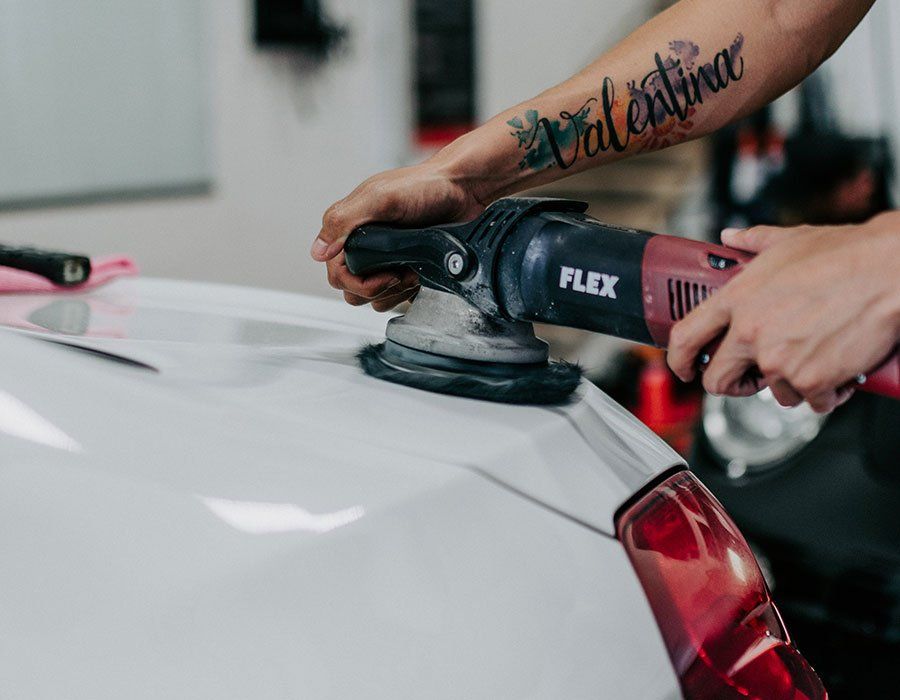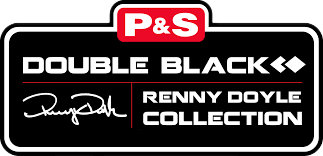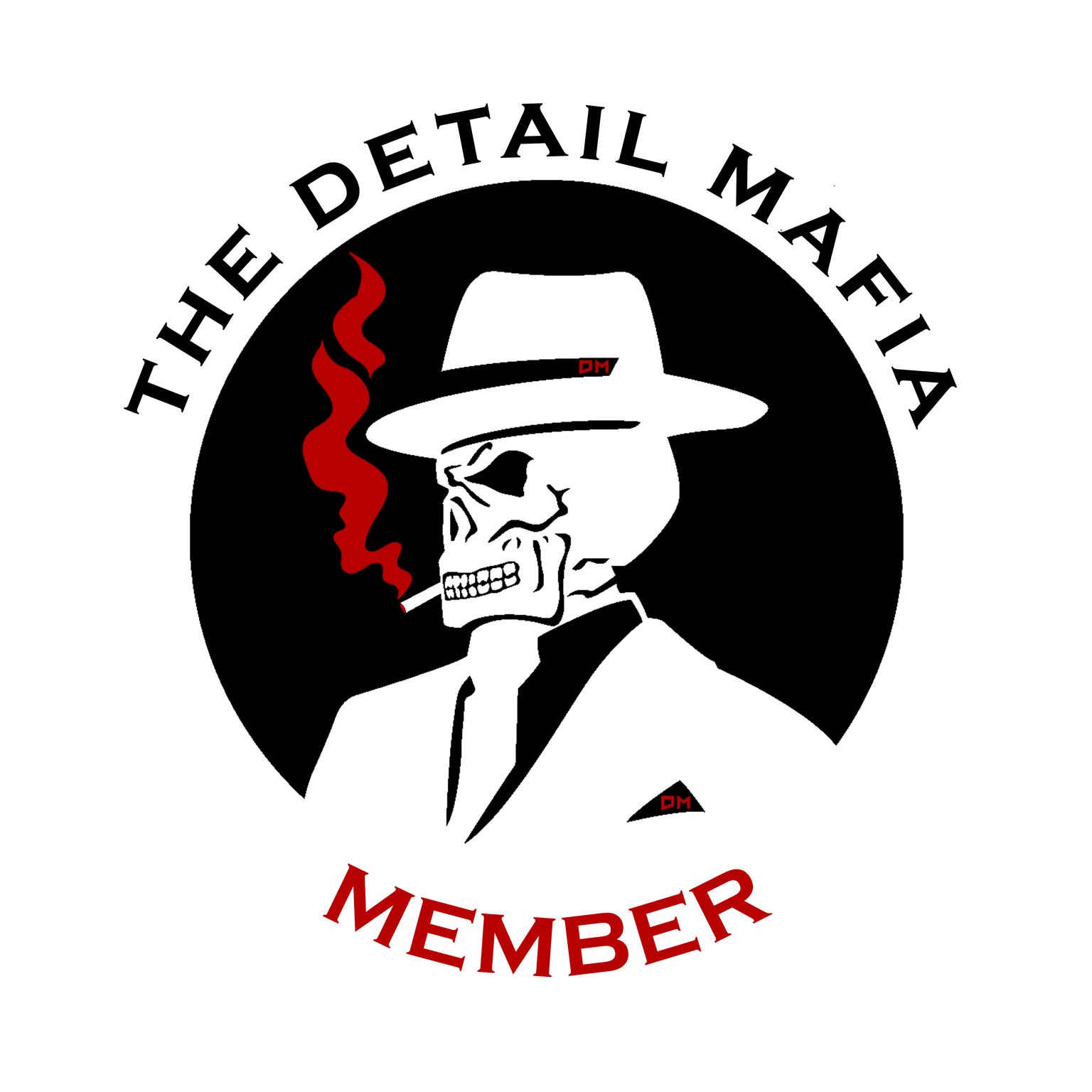Paint Correction vs. Polishing: Understanding the Key Differences for Professional Vehicle Care
When protecting your vehicle's investment, two critical services often come into consideration: paint correction and polishing. While these terms are frequently used interchangeably, they serve distinctly different purposes in professional automotive care. Understanding these differences is essential for making informed decisions about your vehicle's maintenance needs and ensuring optimal protection for your investment.
Paint correction is a comprehensive restoration process that addresses severe paint defects through multi-stage treatment, while polishing primarily enhances surface appearance with minimal abrasive action. Knowing when each service is appropriate helps vehicle owners maintain their car's value and appearance effectively.
Understanding Paint Correction
Paint correction represents the most thorough approach to restoring a vehicle's paint surface. This professional process systematically removes defects that have penetrated the clear coat, including deep scratches, severe swirl marks, oxidation, and chemical etching. The procedure requires specialized equipment, premium compounds, and expert technique to achieve factory-like results. The process begins with careful surface assessment to determine the appropriate treatment level. Professional technicians evaluate the depth and severity of imperfections to create a customized restoration plan. Multiple stages of progressively finer compounds are applied using precision equipment, with each stage building upon the previous work to achieve a flawless finish.
Paint correction goes beyond cosmetic improvement. This service actively preserves your vehicle's value by maintaining the integrity of the original paint system. For newer vehicles, proper paint correction can prevent minor issues from developing into major problems that require expensive repainting. For older vehicles, the transformation can be dramatic, often restoring the paint to near-showroom condition. The process typically involves three distinct phases. Initial cutting removes the deepest imperfections using specialized compounds. Polishing follows to refine the surface and eliminate any marks left by the cutting stage. Finally, finishing work creates the high-gloss appearance that defines professional-quality results.
Common Paint Imperfections Requiring Professional Attention
Vehicle paint faces constant challenges from environmental factors and daily use. Understanding these common issues helps identify when professional intervention becomes necessary. Swirl marks appear as fine circular scratches visible under direct lighting. These typically result from improper washing techniques or contaminated cleaning materials. While seemingly minor, swirl marks significantly reduce paint clarity and gloss, making the vehicle appear dull even when clean.
Deep marring represents more serious damage extending through multiple layers of the clear coat. This type of imperfection often results from contact with abrasive materials or harsh cleaning products. Deep marring requires professional correction to restore the surface properly. Water spots and mineral deposits create permanent etching when left untreated. Hard water containing high mineral content can leave lasting marks that penetrate the clear coat. These deposits become increasingly difficult to remove the longer they remain on the surface.
Chemical etching from environmental contaminants poses another significant threat. Bird droppings, tree sap, and industrial fallout contain acidic compounds that can permanently damage the paint surface. Quick professional treatment is essential to prevent lasting damage. Oxidation occurs when the paint's protective properties break down due to UV exposure and environmental factors. This process creates a chalky, faded appearance that cannot be resolved through washing alone. Professional paint correction can often restore oxidized surfaces to their original condition.
The Professional Polishing Process
Polishing serves as both a maintenance procedure and a finishing step in comprehensive paint care. This process uses mild abrasives to level minor surface imperfections while enhancing the paint's natural gloss and clarity. Professional polishing begins with thorough surface preparation. The vehicle undergoes complete decontamination to remove all loose dirt, grime, and embedded contaminants that could interfere with the polishing process. This preparation ensures optimal results and prevents new imperfections during treatment. Product selection plays a crucial role in achieving desired outcomes. Professional-grade polishes are formulated with specific abrasive levels to address different paint conditions. Lighter formulations work effectively on newer vehicles with minor imperfections, while more aggressive products may be necessary for older or more damaged surfaces.
Application technique distinguishes professional polishing from consumer-level treatments. Trained technicians use controlled pressure, proper speeds, and systematic patterns to ensure even coverage and consistent results. The process removes a microscopic layer of clear coat to eliminate surface imperfections and reveal the fresh, undamaged paint beneath. Temperature control during polishing prevents heat buildup that could damage the clear coat. Professional equipment and technique maintain optimal working temperatures throughout the process, ensuring safe and effective treatment.
Key Distinctions Between Services
The fundamental difference between paint correction and polishing lies in their scope and intensity. Paint correction addresses significant defects that penetrate deep into the clear coat, while polishing focuses on surface-level enhancement and minor imperfection removal. Paint correction requires multiple treatment stages using progressively finer abrasives. This comprehensive approach can eliminate up to 90% of visible paint defects when performed professionally. The process typically takes significantly longer and requires more specialized equipment and expertise.
Polishing generally accomplishes its goals in fewer stages with less aggressive treatment. This service effectively addresses approximately 70% of minor paint issues while enhancing overall appearance. The reduced intensity makes polishing suitable for regular maintenance on well-maintained vehicles. Cost considerations reflect the different levels of service complexity. Paint correction represents a more substantial investment due to the time, materials, and expertise required. However, this investment often proves worthwhile for vehicles with significant paint damage or when maximum value preservation is the goal. Frequency requirements also differ between services. Paint correction is typically performed as needed based on paint condition, often every few years or less frequently. Polishing can be performed more regularly as part of routine maintenance, helping prevent the accumulation of defects that would eventually require correction.
Professional Equipment and Products
Professional paint correction and polishing require specialized equipment designed for precision and safety. Dual-action polishers provide controlled abrasive action while minimizing heat buildup and the risk of damage. These machines offer variable speed control and ergonomic design for extended use. Rotary polishers serve specific applications where more aggressive cutting action is necessary. These tools require greater skill to operate safely but can achieve results impossible with other equipment types. Professional technicians understand when each tool type is appropriate for optimal outcomes.
Pad selection significantly impacts results quality and safety. Different pad materials and designs work optimally with specific products and paint types. Professional services maintain extensive pad inventories to ensure proper matching for every application. Professional-grade compounds and polishes contain precisely engineered abrasive particles designed for specific correction levels. These products offer superior performance compared to consumer alternatives while providing greater safety margins when used by trained professionals.
Protective Finishing Options
Following paint correction or polishing, protective treatments help maintain results and extend service life. These finishing options provide barriers against environmental damage while enhancing appearance. Waxing offers traditional protection with natural carnauba products that provide a warm, deep gloss. Quality waxes create temporary barriers against light contamination while enhancing the paint's visual depth. However, wax protection typically lasts only a few months under normal conditions.
Paint sealants provide longer-lasting protection through synthetic polymer technology. These products bond chemically with the paint surface to create durable barriers lasting six months or longer. Sealants excel at repelling water, dirt, and environmental contaminants. Ceramic coatings represent the most advanced protective option available. These semi-permanent treatments create extremely durable barriers that can last years with proper maintenance. Ceramic coatings offer superior protection against chemical damage, UV degradation, and physical contamination. The choice between protective options depends on individual priorities, budget considerations, and maintenance preferences. Professional consultation helps determine the most appropriate protection level for specific needs and usage patterns.
Making the Right Service Choice
Selecting between paint correction and polishing requires careful assessment of your vehicle's current condition and your protection goals. Professional evaluation provides the most accurate determination of appropriate services. Newer vehicles with minor imperfections often benefit most from professional polishing combined with premium protective treatments. This approach maintains the paint's excellent condition while preventing the development of more serious problems.
Vehicles showing significant paint damage typically require paint correction to achieve optimal results. The investment in comprehensive correction often proves worthwhile when considering the improved appearance and preserved value. Regular maintenance schedules incorporating professional polishing can help prevent the accumulation of defects that would eventually require correction. This proactive approach often proves more cost-effective than addressing major problems after they develop. Professional consultation ensures you receive appropriate recommendations based on your specific situation. Experienced technicians can assess paint condition, discuss your goals, and recommend services that provide optimal value for your investment.
Understanding the differences between paint correction and polishing empowers you to make informed decisions about your vehicle's care. Paint correction addresses serious defects through comprehensive restoration, while polishing enhances appearance and maintains good paint condition. Professional services ensure optimal results while protecting your investment for years to come.
Whether your vehicle requires intensive correction or routine polishing, professional treatment provides superior results compared to consumer-level alternatives. The expertise, equipment, and products available through professional services justify the investment through improved appearance, enhanced protection, and preserved value.
Top Paint Correction Services in Jacksonville, FL
Over time, paint imperfections like oxidation, swirl marks, and dull patches can steal the shine from your vehicle—but Firehouse Auto Spa in Jacksonville, FL, is here to bring it back. Our
expert paint correction services use precision techniques to restore depth, clarity, and gloss, giving your vehicle a flawless finish that turns heads. Whether you're prepping for ceramic coating or just want to enhance your car’s appearance, we’re ready to help you achieve a mirror-like result.
Schedule your paint correction service today and let your car’s true color shine through!
